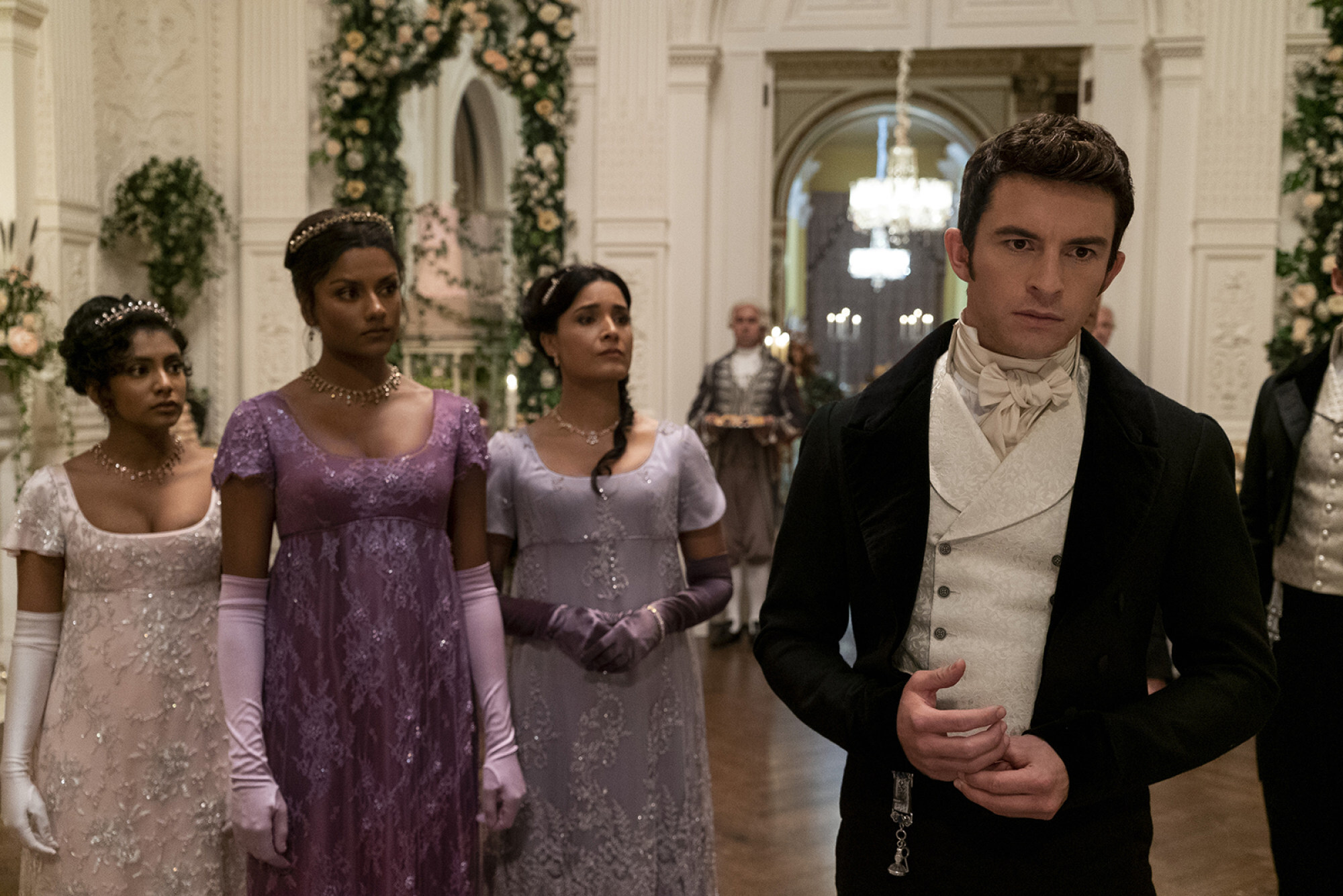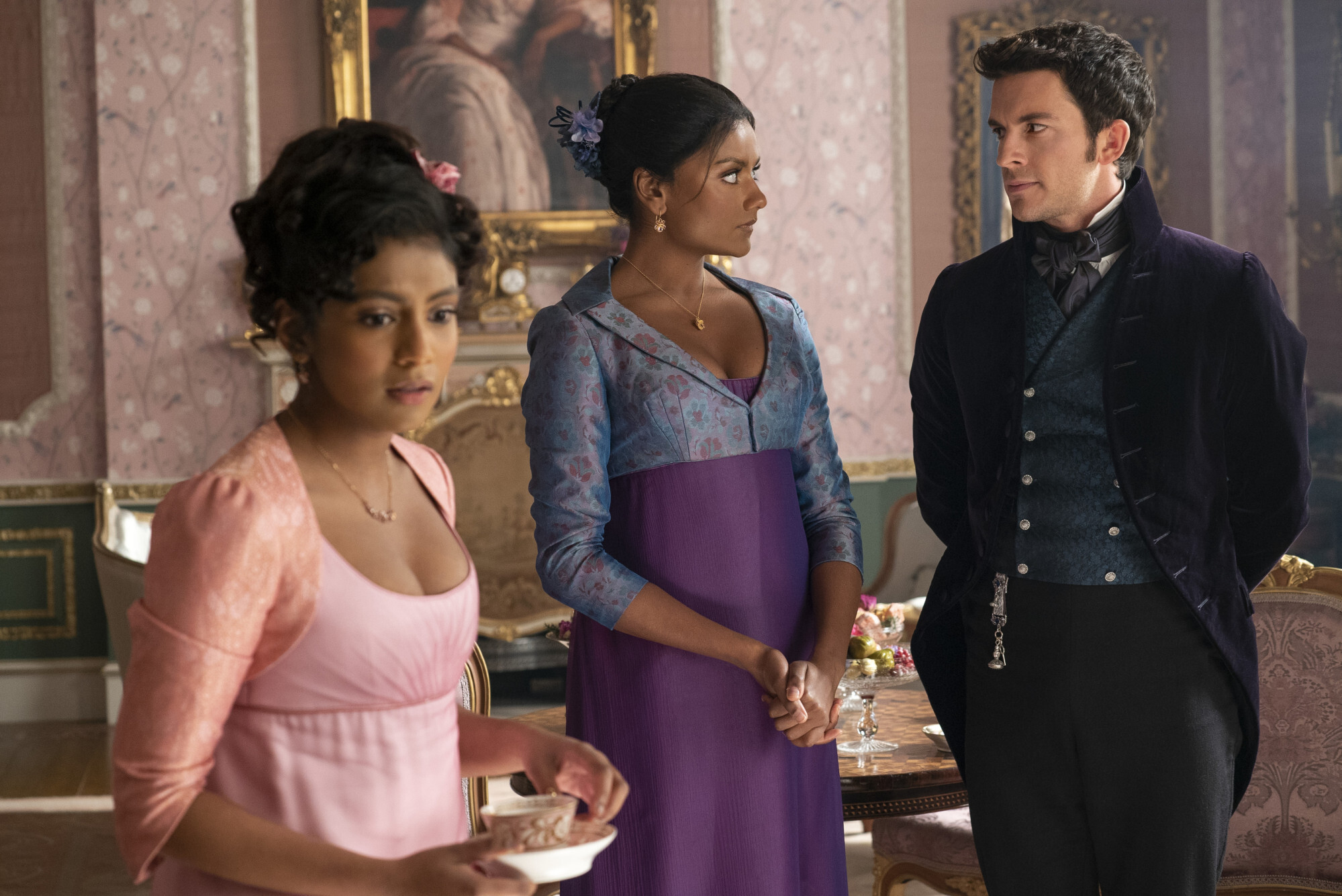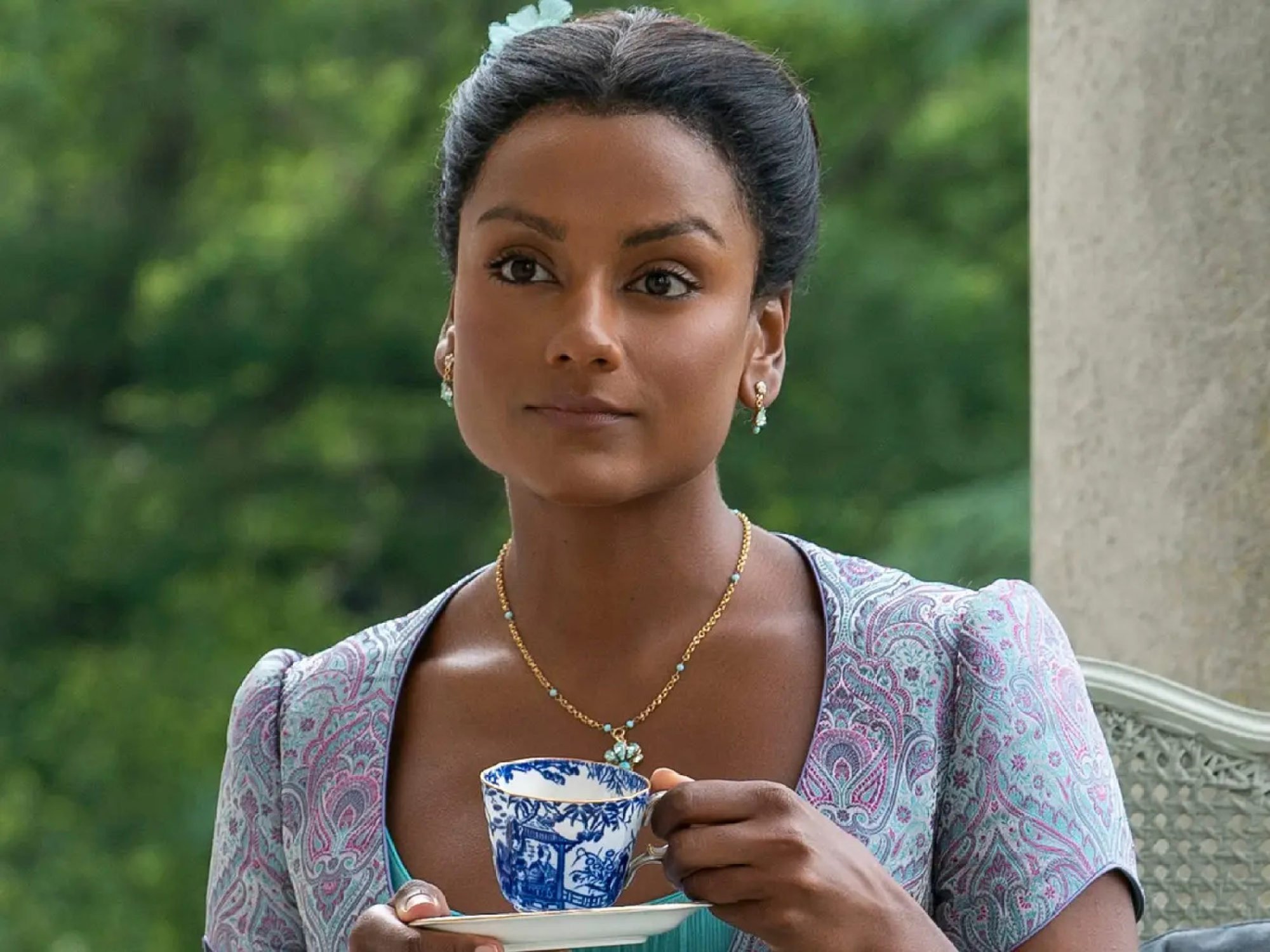
Bridgerton’s celebration of ‘brown women’ beats Bollywood, say delighted South Asians
- Netflix is providing a lesson to Bollywood about representation by casting ‘smart, sassy passionate’ actresses of South Asian descent in lead roles
- By casting under-represented woman, Bollywood can provide visual change in a society and culture that has a preference for light skin female roles
For millions of women in South Asia and from the diaspora worldwide, the casting has filled them with delight. Finally, there are women on screen who look like them in a major programme, where elements of Indian culture are also portrayed.

A dark-skinned actress in the lead romantic role is a bridge too far still for the Indian film industry. Art house cinema has featured brown actresses such as the late Smita Patil, but the mainstream Hindi film industry has shied away from experimenting, fearful any casting that tinkers with the universal Indian preference for light skin could result in a flop.
This is despite Indian cinema being more than a century old. While male actors with dark skin, such as Nawazuddin Siddiqui and Rajnikanth, have an easier time of it, the country still awaits a commercially successful actress who does not have a lily-white complexion.
I was so relieved to see smart, sassy, passionate women.
“For once, Indian women in Bridgerton are shown not just in the lead as the main romantic interest but they are shown as beautiful, desirable and sexy,” said social media marketing manager Sonali Maken in New Delhi. “I was so relieved to see smart, sassy, passionate women.”
Across the diaspora too, the impact has been felt. In London, literature student Alisha Chandrashekar watched the second series unfold with the two sisters, Kate (Simone Ashley) and Edwina (Charithra Chandran), and their mother Mary Sharma (Shelley Conn), all played by British actresses of South Asian heritage.
Ritu Khan watched the show with her daughter, and said she never thought she would see the day when a romantic lead in a TV show would be South Asian. “Asian actors are given small roles these days and that’s progress. But the lead role? That’s stupendous,” she said.
The only doubt Chandrashekar had was whether the facts were historically accurate. Season 2 of Bridgerton is set in 1814, more than 200 years after the founding of the East India Company in Britain. But she decided to put any quibbling about whether colonialism has been accurately depicted to one side for now to savour the moment.
“It’s refreshing enough to have a South Asian woman in the lead. It marks a huge change not to see South Asian woman in oppressed roles,” she said.

The storyline features the eldest Bridgerton, a Mr Darcy figure, looking for a good wife and mother but instead finds himself falling for Kate, the character played by Ashley.
Director Chris Van Dusen told reporters he was determined to make the second series racially inclusive, even though by virtue of the period the series covers, most of the characters – as in most period dramas – would be white.
Chandran understands the importance of a dark-skinned Indian woman being cast as a lead in a drama. “I hope that it makes girls who look like us feel more comfortable in their skin – feel like they belong,” she told The Hollywood Reporter.

The emotion of some women on seeing Shelley and Chandra has been powerful. Columnist Poorna Bell wrote that she cried after watching the sisters take on a starring role because throughout her entire childhood, it was unthinkable that any boy would like a dark-skinned girl.
“In the solar systems of love and romance, whether in the playground or on television, brown girls and women are not taught to see ourselves as the star. We are asteroids, moons at best; the supporting characters who are rarely the focal point of admiration and desire,” wrote Bell.
But along with the skin colour, it’s the way Bridgerton includes aspects of Indian culture that have endeared the show to Indian and South Asian viewers and the diaspora.
As Rajkumar writes: “It’s not enough to simply pick brown girl leads, or to sign us as artists, or even have us in public office if we cannot proudly demonstrate our multidimensional lives, reference our language and culture, and flip the dominant narrative about us on its head.”
In Bridgerton, Kate, when not giving Edwina a head massage with oil, or adding cardamom to her tea, speaks a few words of Hindi and calls her sister didi (big sister). Edwina meanwhile, takes part in a traditional haldi ceremony before her wedding. The characters also wear traditional Indian jewellery and dresses replete with Indian embroidery and paisley motifs.
The occasional words of Hindi also struck a chord, though some viewers giggled about mispronunciations. One happy viewer tweeted: “It’s such a small thing but seeing Kate and Edwina refer to their dad as appa really made my Tamil heart burst with happiness.”

It’s also been a relief for viewers that nothing grated on their sensibilities. The 2020 BBC miniseries A Suitable Boy, an adaptation of Vikram Seth’s novel, attracted much sarcasm over the characters sounding like Peter Sellers with strange inflections and cadences.
Film and TV producer Pritish Nandy, who heads a production house in Mumbai, says that streaming platforms such as Netflix and Amazon Prime might find it easier to take risks in casting than established directors in Bollywood who are confined by the limits of a society and culture that still undervalues dark skin.
“Young men in the age of the metaverse still insist on fair brides,” he said.
That said, Nandy said his company’s show, Four More Shots Please!, had a cast of different shades of brown. “Things are changing but I would like a faster change of pace,” he said.

There is no dispute that a change is happening. Mindy Kaling’s Netflix hit, Never Have I Ever, featured Maitreyi Ramakrishnan, a Sri Lankan Tamil girl as the protagonist.
The fact remains, though, that audiences for shows on streaming platforms cannot match the mass audiences of Hindi commercial films. It’s there that millions of dark South Asian women need to see someone in a lead role who looks like them to smash the barrier, said film director Nitin Tej Ahuja.
“More than any foreign film or TV series, it’s the commercial success of a mainstream film for a mass Indian audience that will really open doors – whether it is a dark skinned actress or any other under-represented group.
“Once a hit has happened, it will never be the same again,” said Ahuja.

